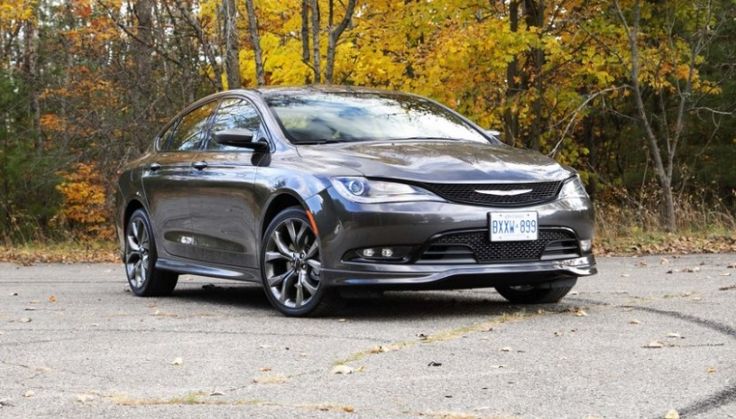In what must be one of the most ambitious model overhauls in Chrysler’s long and rocky history, the company updated or completely remade its entire model line in the last year, including its Dodge and Jeep divisions. Such massive change in a short time is impressive, and none was more in need than the dowdy Chrysler Sebring sedan. Given a new look, a new interior and a new name, the 2012 Chrysler 200 is a far more competent competitor in the midsize sedan class, and no longer feels like a car one would only rent but not buy. Still, its greatest virtue might be its combination of a premium ambiance and respectable performance in a crowd of mainstream cars like the Accord, Camry and Sonata.
The 2012 Chrysler 200 LX carries a Manufacturer’s Suggested Retail Price (MSRP) starting just under $19,000, less than in 2011. The 200 Touring bumps the price to just over $21,370, while a fully loaded V6 Limited or 200 S can easily exceed $28,000. Compare the base Volkswagen Jetta at just over $17,500 or the roomier Honda Accord LX at about $22,000 (both with automatic transmission) and the 200 now seems in line. To make your best deal on a new 200, be sure to check the Kelley Fair Purchase Price to see what others in your area are paying. As for resale, we think the new 200 will do a little better than its Sebring predecessor, meaning its 5-year resale values will likely remain on the lower end of the category, lower than the Chevrolet Cruze and Hyundai Elantra, and much lower than the Volkswagen Jetta, Honda Accord and Nissan Altima.
Beyond all the visible improvements over the Sebring, the 2012 Chrysler 200 shines most brightly in the way it drives. Equipped with Chrysler’s latest 3.6-liter Pentastar V6, the 200 can rocket to highway speeds or pass slow traffic with confidence. Smooth, quiet and surprisingly fuel-efficient, the V6 is a far better choice than the buzzy 2.4-liter 4-cylinder.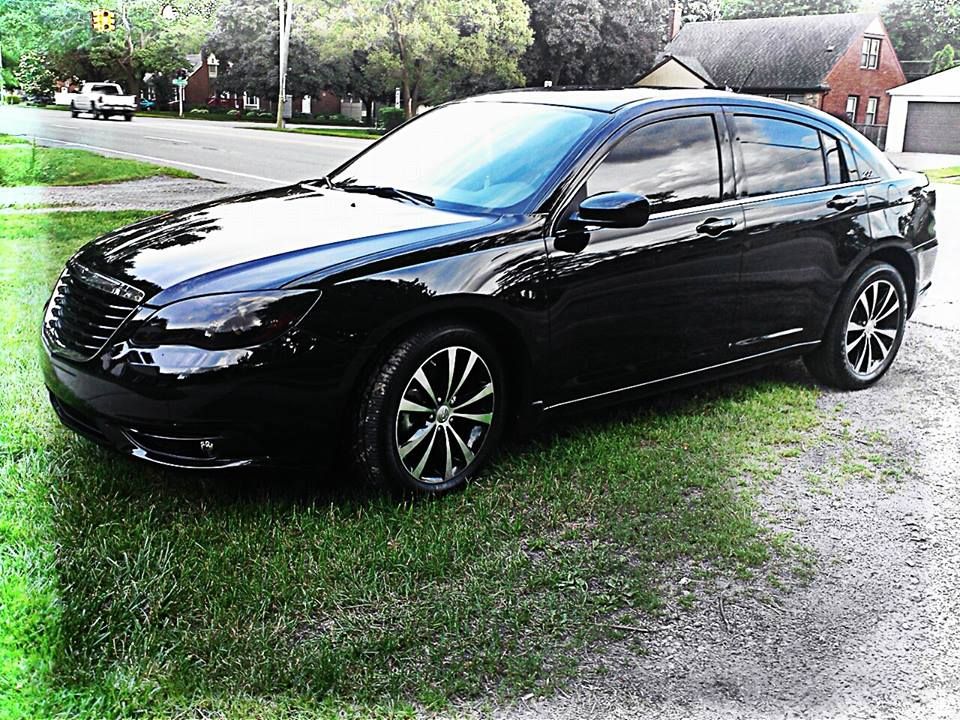 Chrysler spent considerable cash revamping the 200’s suspension, and it was money invested well. The 200 drives beautifully, corners with enthusiasm, and absorbs bumps without effort. Surprisingly, despite having its 283 horsepower directed through the front wheels, the 200 exhibited little sign of torque steer, even when launched hard from a dead stop. On long stretches of highway, the 200’s steering required little input to keep the car on course, and uneven or grooved pavement did not upset its manners. The styling and finish of the 200 are no mere window dressings on the old Sebring. This is a far better car.
Chrysler spent considerable cash revamping the 200’s suspension, and it was money invested well. The 200 drives beautifully, corners with enthusiasm, and absorbs bumps without effort. Surprisingly, despite having its 283 horsepower directed through the front wheels, the 200 exhibited little sign of torque steer, even when launched hard from a dead stop. On long stretches of highway, the 200’s steering required little input to keep the car on course, and uneven or grooved pavement did not upset its manners. The styling and finish of the 200 are no mere window dressings on the old Sebring. This is a far better car.
Goodbye, sow’s ear; hello, silk purse. The Sebring’s hard plastic finishes and dowdy colors are replaced by deep blacks, rich browns and warm tans. Sweeping, richly textured, soft-touch surfaces display fewer seams but more chrome and metallic trim, elevating the 200’s cabin to business class if not first. Layered trim replaces unsightly gaps, and instrumentation combines modern function with classic style.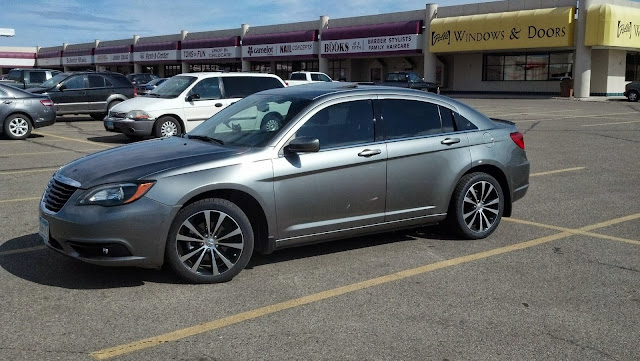 Both cloth and leather seats are well-tailored, but rear legroom is tight if the front seats are adjusted for six-footers. A driver’s lumbar adjuster and split-folding rear seatbacks are standard on every model. Noise insulation is admirable; great for Bluetooth users.
Both cloth and leather seats are well-tailored, but rear legroom is tight if the front seats are adjusted for six-footers. A driver’s lumbar adjuster and split-folding rear seatbacks are standard on every model. Noise insulation is admirable; great for Bluetooth users.
Forget the awkward Sebring and its grooved hood. The 200, as its name implies, looks more like a junior Chrysler 300, with LED-accented headlights flanking the new corporate grille. Around back, a thin chrome crossbar bridges slim wraparound taillights. Chrome details are generous but tasteful, and 17- and 18-inch wheels add to its premium presence. The 200 sits lower than the Sebring, for a more aggressive stance, and Chrysler even took pains to conceal the more unsightly underpinnings visible on the Sebring. The overall effect is a car that went to finishing school rather than being rushed to market.
New Suspension
Where the old Sebring drove like a softly sprung rental car, the 200’s revamped suspension and steering place it at the top of its category.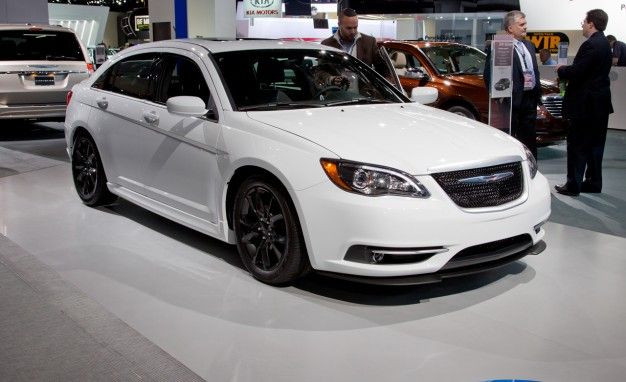 It’s an unexpected but welcome pleasure.
It’s an unexpected but welcome pleasure.
Garmin Navigation Radio
Chrysler’s newest audio units feature mapping by industry leader Garmin. Not only is the system intuitively easy to operate, the large 6.5-inch screen makes it easy for older eyes to navigate the on-screen commands.
The entry-level Chrysler 200 LX features a 2.4-liter 4-cylinder engine, a 4-speed automatic transmission, power windows, mirrors and locks, keyless entry and remote trunk release, heated side mirrors, 17-inch wheel covers, manual air conditioning with filtration, tilt/telescoping steering wheel with audio controls, driver’s-seat manual lumbar support and height adjustment, and an AM/FM stereo with MP3 compatible CD player and an auxiliary audio input jack. Instruments feature LED lighting, an outside temperature display and an analog clock. Standard safety features include 4-wheel anti-lock disc brakes, electronic traction and stability control, front-seat side-impact airbags, and front and rear side-curtain airbags.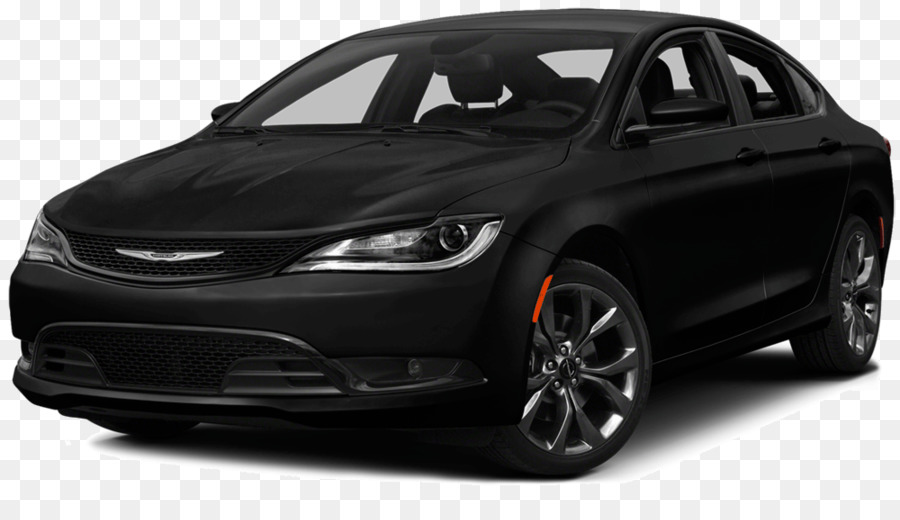
Above the 200 LX, the three remaining trims are the Touring, Limited and S, all of which include a 6-speed automatic transmission, aluminum-alloy wheels, automatic on/off headlights, 8-way power driver’s seat, SiriusXM Satellite Radio. The luxury-oriented Limited adds leather, heated front seats, 18-inch wheels, touch-screen audio system with a hard drive (though navigation is optional on all but the LX), foglights, remote start and Chrysler’s UConnect hands-free phone setup. The 200 S upgrades the Limited features with the V6 standard, along with Boston Acoustics audio and sportier trim inside and out, including suede seating inserts.
Chrysler’s 2.4-liter 4-cylinder is not the most refined engine in its class, but with 173 horsepower on tap, it’s not the weakest either. When paired with the 6-speed transmission, this engine can move the 200 briskly and promises fuel economy near the top of its class. If you can pony up the extra $1,750, the 3.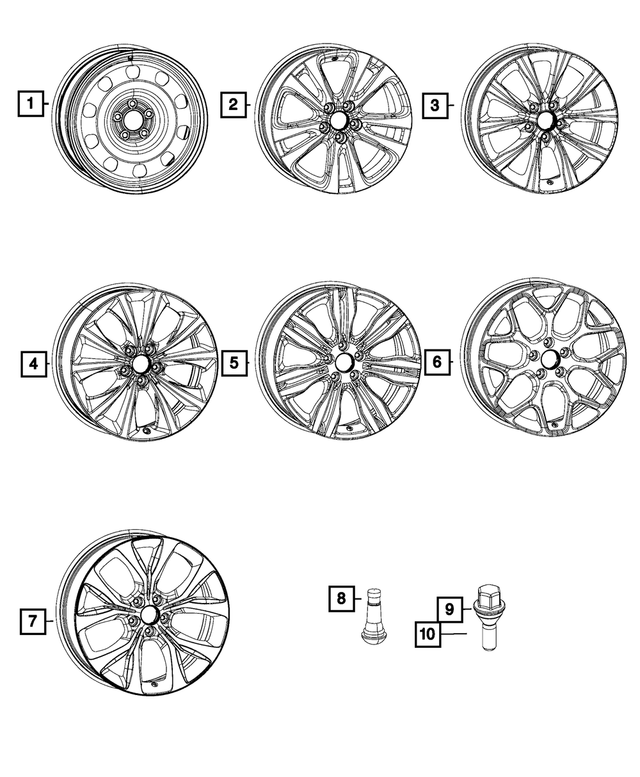 6-liter Pentastar V6 is the engine to have. Smooth, potent and nearly as efficient, it turns the 200 from a sleeper to a keeper.
6-liter Pentastar V6 is the engine to have. Smooth, potent and nearly as efficient, it turns the 200 from a sleeper to a keeper.
2.4-liter in-line 4
173 horsepower @ 6,300 rpm
166 lb-ft of torque @ 4,400 rpm
EPA city/highway fuel economy: 21/30 (4-speed automatic), 20/31 (6-speed automatic)
3.6-liter V6
283 horsepower @ 6,400 rpm
260 lb-ft of torque @ 4,400 rpm
EPA city/highway fuel economy: 19/29
Our Expert Ratings come from hours of both driving and number crunching to make sure that you choose the best car for you. We comprehensively experience and analyze every new SUV, car, truck, or minivan for sale in the U.S. and compare it to its competitors. When all that dust settles, we have our ratings.
We require new ratings every time an all-new vehicle or a new generation of an existing vehicle comes out. Additionally, we reassess those ratings when a new-generation vehicle receives a mid-cycle refresh — basically, sprucing up a car in the middle of its product cycle (typically, around the 2-3 years mark) with a minor facelift, often with updates to features and technology.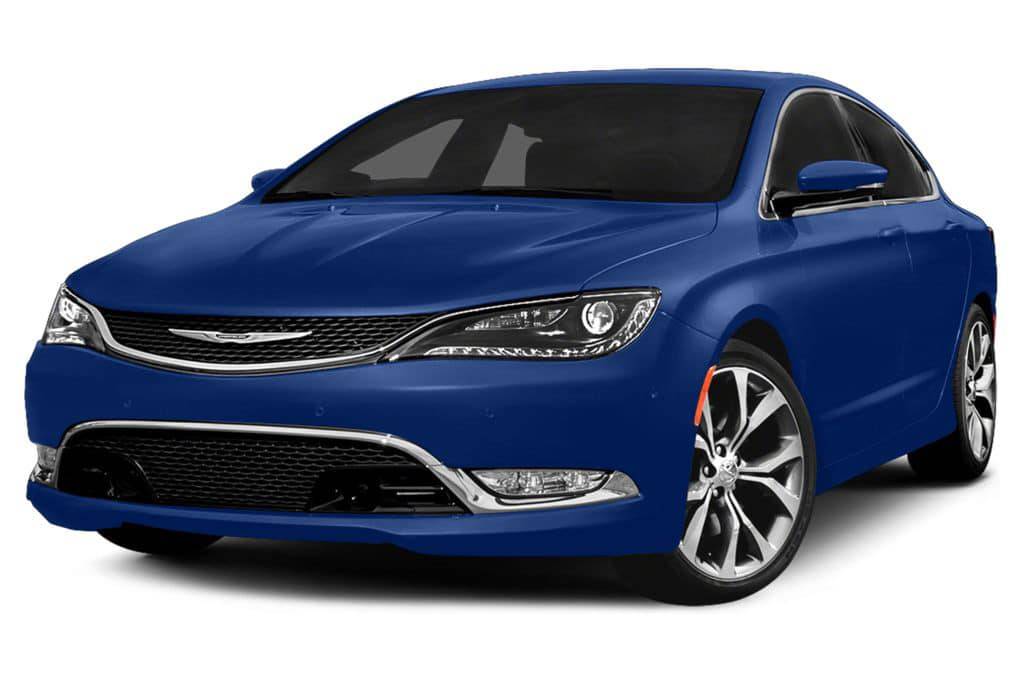
Rather than pulling random numbers out of the air or off some meaningless checklist, KBB’s editors rank a vehicle to where it belongs in its class. Before any car earns its KBB rating, it must prove itself to be better (or worse) than the other cars it’s competing against as it tries to get you to spend your money buying or leasing.
Our editors drive and live with a given vehicle. We ask all the right questions about the interior, the exterior, the engine and powertrain, the ride and handling, the features, the comfort, and of course, about the price. Does it serve the purpose for which it was built? (Whether that purpose is commuting efficiently to and from work in the city, keeping your family safe, making you feel like you’ve made it to the top — or that you’re on your way — or making you feel like you’ve finally found just the right partner for your lifestyle.)
We take each vehicle we test through the mundane — parking, lane-changing, backing up, cargo space and loading — as well as the essential — acceleration, braking, handling, interior quiet and comfort, build quality, materials quality, reliability.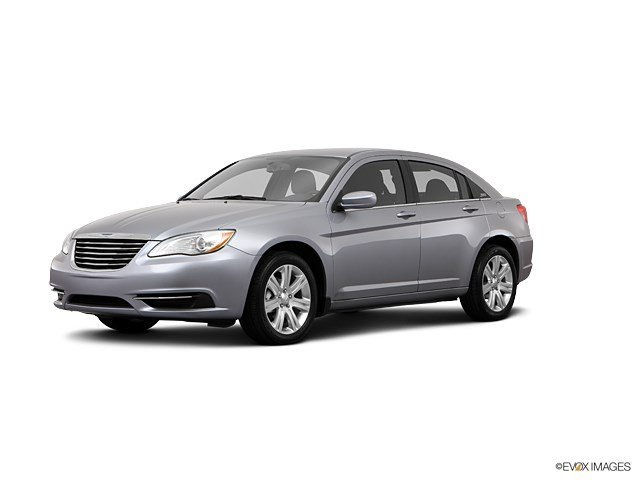
Select another year: 2017 ⋅ 2016 ⋅ 2015 ⋅ 2014 ⋅ 2013 ⋅ 2012 ⋅ 2011
Select another model: 200 ⋅ 200 Convertible ⋅ 300 ⋅ Town and Country
Compare the 2012 Chrysler 200 tires across different trims / styles.
LX 4dr SedanTouring 4dr SedanLimited 4dr SedanS 4dr Sedan
| Tire Type | P225/55R17 | |
| Rear Tire Type | P225/55R17 |
| Tire Type | P225/55R17 | |
| Rear Tire Type | P225/55R17 |
| Tire Type | P225/50R18 | |
| Rear Tire Type | P225/50R18 |
| Tire Type | P225/50R18 | |
| Rear Tire Type | P225/50R18 |
Car brand: Brand Acura Alfa Romeo Aston Martin Audi Bentley bmw Brilliance Buick byd Cadillac changan Chery Chevrolet Chrysler Citroen Daewoo Daihatsu Datsun Dodge Dongfeng Ds Dw Evolute Exeed FAW Ferrari fiat Ford Foton gac Geely Genesis Great Wall hafei Haima Haval hawtai Honda Hummer Hyundai Infiniti Iran khodro Isuzu Iveco Jac Jaguar Jeep Kia Lamborghini Lancia Land Rover Lexus Lifan Lincoln lotus Maserati Maybach Mazda Mercedes MG Mini Mitsubishi Nissan Opel Peugeot Pontiac Porsche Ravon Renault Rolls Royce Rolls Royce Rover Saab seat Skoda Smart ssangyong Subaru Suzuki Tesla Toyota Volkswagen Volvo Vortex (tagaz) ZAZ Zotye AZLK VAZ GAS OKA TaGAZ UAZ
Model: Model 200 300C 300M Aspen Concorde crossfire Grand Voyager neon Pacifica PT Cruiser Sebring Town & Country Voyager
Modification: Modification 2.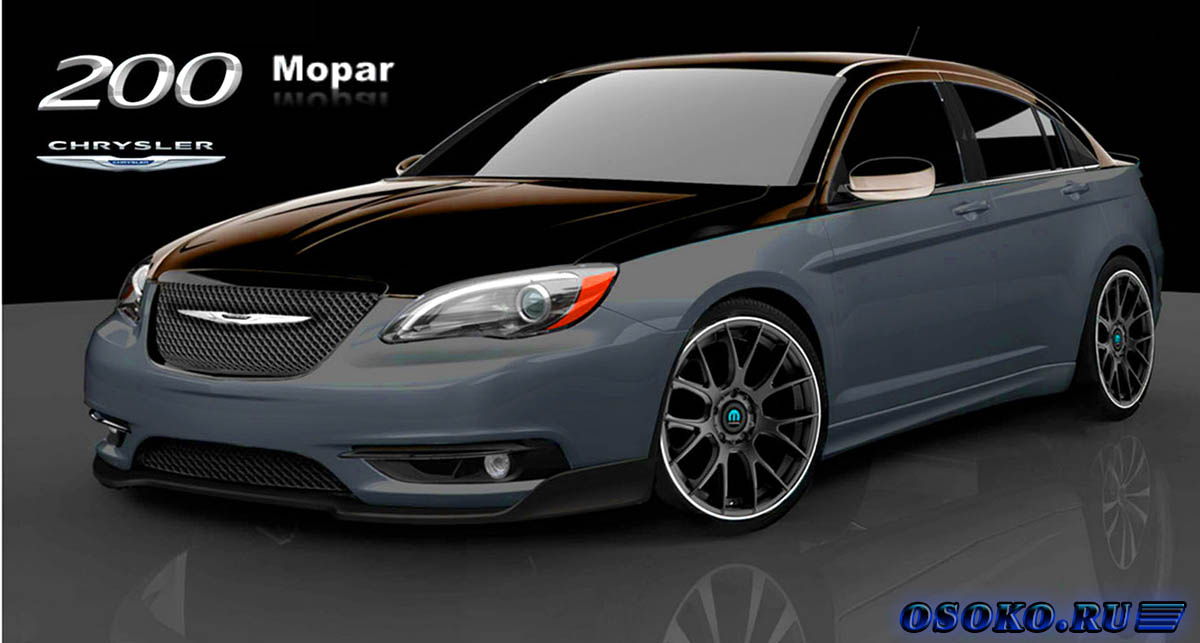 43.6
43.6
Year: Year2010201120122013201420152016
Body: BodyJS CabrioJS Sedan
Avto Sprav / Selection of tires and discs / Chrysler / 200 /200 /2012
200 JS
Generation: JS
Engine: I4, gasoline
Power: 175 hp: 175 hp: 175 hp . (129kW)
| PCD (number of holes X diameter of the circumference) | 5x114. 3 mm 3 mm |
|---|---|
| DIA diameter | 67.1 mm | 1.5
| type fastener | Gaika |
| Tire | PCD | Dia |
|---|
PCD (number of holes x circle diameter) 95V. Where:
In addition, information about its load capacity and speed parameters can be applied to the rubber - load index and speed index. The load index is a two-digit or three-digit number, the speed index is indicated in Latin letters, for example 95V:
Using the recommended tire sizes will help you avoid handling, safety and other problems. At the same time, the bolt pattern for all types of wheels is the same - 5x114.3. Thus, all disks are mounted on five bolts and the distance between them is exactly one hundred and fourteen point and 30 hundredths of a millimeter. The hub diameter of the car is 67.1 mm. Standard tire pressure is 2.3 MPa. General referenceChrysler 200 2012 tire and wheel ranges.0035 Width (mm) | 225–245 |
|---|---|
| Profile (%) | 40–55 |
| The smallest size | 225/55 R17 |
| The largest size | 245/45/45/45/45/45/45/445/45/445/445/45IOL |
| diameter | 17 "–19" | |
|---|---|---|
| Width (inch) | 6.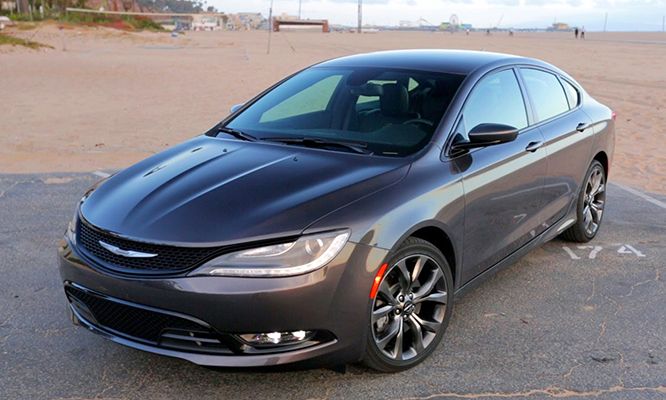 5–8 5–8 | |
| Vemit (mm) | 40-40-40-40-40-40-40-40-40-40-40-40-40-40-40-40-40-40-40-40-400036 | 5x114.3 |
When choosing tires for a car, you must first follow the manufacturer's instructions. Ask yourself some questions.
The answers to these and similar questions will help you determine which tire parameters you need to pay special attention to.
3 types of rims:

The choice depends on financial possibilities. However, it should be borne in mind that the quality of the road surface on which you have to drive every day must also be taken into account.
So, when it gets into a pit, a stamped wheel will bend and will not harm the tire, while a forged or cast one can cut it. There is a possibility that the cast disc may burst or split.
It should also be noted that the repair of "stamping" is cheaper than the repair of cast or forged wheels. But wheels with high-quality cast and forged wheels kill the suspension less, because. lighter and have better geometry (better balanced).
The same rims may or may not rub with tires on the same car - this is where wheel alignment can help.
It is the responsibility of the driver to constantly monitor tire pressure. This will avoid the standard problems associated with the operation of the vehicle. Non-nominal pressure often causes:
